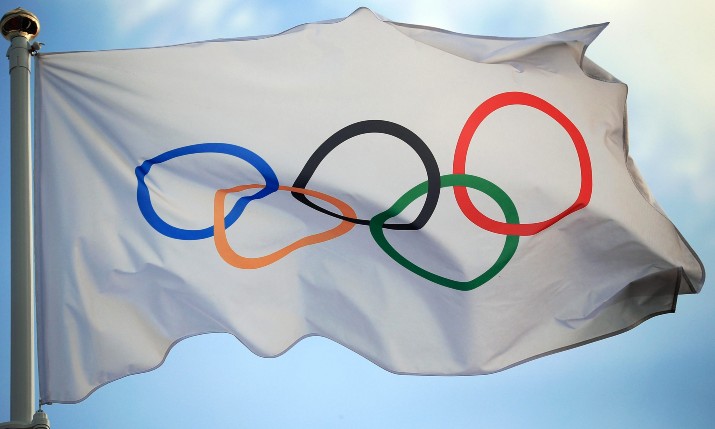OBS and Intel collaborate on AI automation at Youth Olympics

The Youth Olympic Games (YOG), currently taking place in Gangwon, South Korea, are a playground for innovation and experimentation in the broadcasting and digital domains. At this year’s event, innovative broadcast and digital technologies and concepts are helping to bring all the magic of the youth-led event to more people, in more places, in more ways, and are being tested for the Olympic Games Paris 2024.
Some 170 hours of live coverage has been planned for Gangwon 2024 – an increase from Lausanne 2020 – as well as highlights of every event and sport. With 22 media rights-holders (MRHs) covering 199 different territories, the expectation is to have 3,200 hours of the YOG on air.
This is complemented by extensive and varied coverage in 11 languages on Olympics.com, which has established itself as one of the strongest sports platforms globally, reaching 115 million people in 2023.
The event is already benefitting from this extensive coverage and focus on storytelling, with a 1.6x increase in traffic to Olympics.com compared to Lausanne 2020; and social media engagement is expected to reach the 200 million target. Almost half of the traffic on Olympics.com related to Gangwon 2024 comes from the Korean market.
With less than 200 days to go to Paris 2024, the YOG present an important opportunity for testing technologies and concepts for the upcoming Olympic Games.
Artificial intelligence (AI) automation is being trialled in Gangwon 2024. This includes Olympic Broadcasting Services (OBS) Automatic Highlights Generation, in collaboration with Intel, and OBS Generative Assisted Editing. AI live production technology is also being tested at the Gangwon ice hockey event. The technology is not yet fully mature, but has immense potential.
AI is also enhancing the Olympics.com experience, making it easier for fans to find the right content and tools to help editors. It is also informing social media content, testing cutting-edge artificial intelligence tools such as social listening to inspire content and distribution and AI-powered live clippings from Worldwide Olympic Partner Intel.
A virtual broadcast technology stack that mirrors the functions of a traditional production van is being tested out with Intel. Using software, servers and cloud technology instead of physical broadcast equipment enables remote production, which reduces the need for on-site personnel, and reduces broadcast footprint in terms of lower-power consumption and physical space.
For the first time, people can also experience the Olympics in the metaverse. In a virtual world created with the Gangwon Organising Committee and the Gangwon Do Province, fans can look around the venues, compete in winter sports mini-games and interact with each other. People based in the Republic of Korea are also able to stream the sporting action.
Looking ahead to Paris 2024, Yiannis Exarchos, Olympic Broadcasting Services CEO, reveals: “Some 11,000 hours of content are planned for Paris 2024. That is more than the hours of a year. Broadcast technologies can significantly help us with efficiencies, which is important because it means a reduced footprint. This is the trend we are most interested in. At the same time, the bookings for cloud services offered by OBS are up 279%. OBS LiveCloud will be the main method of distribution of the live signals.”

